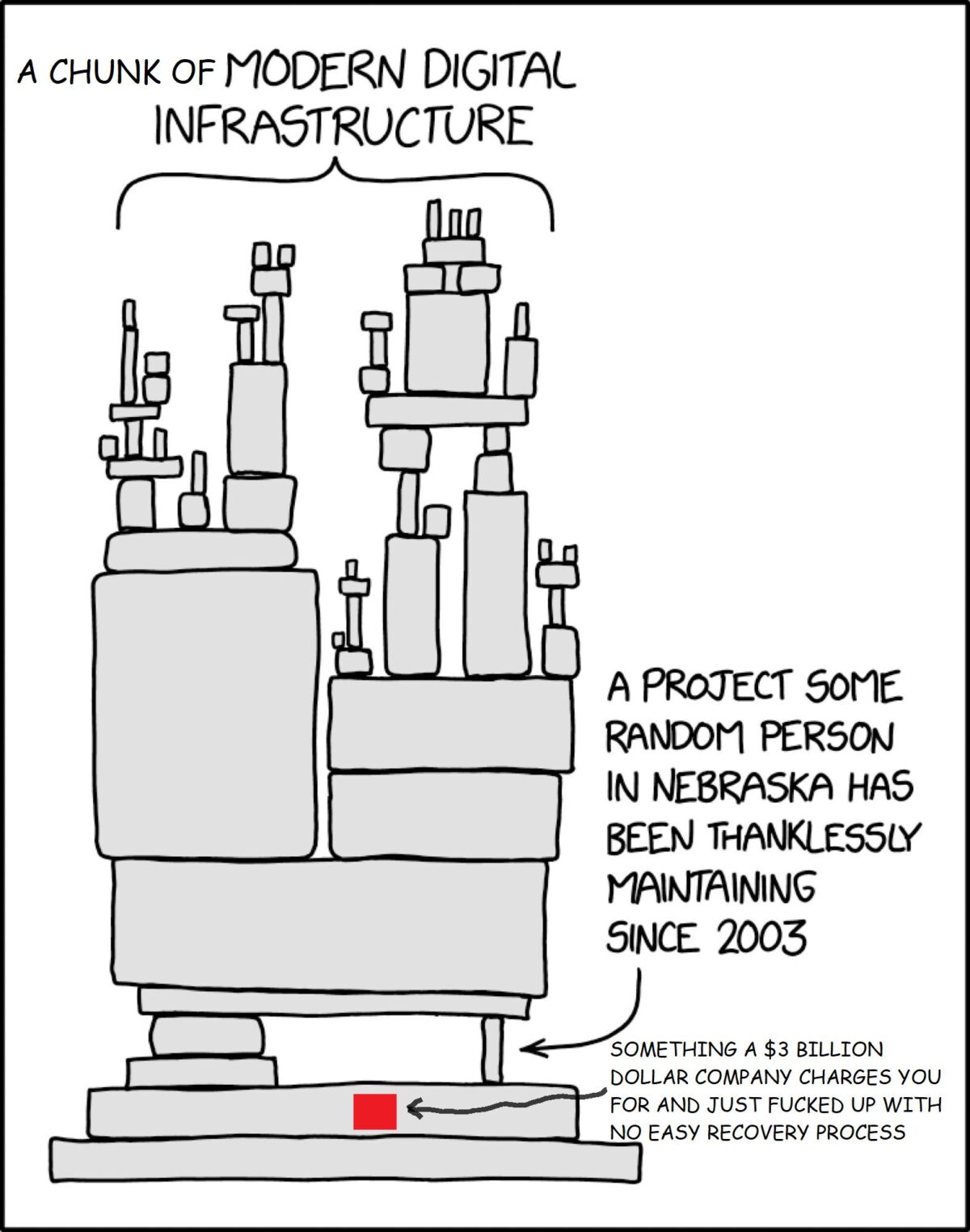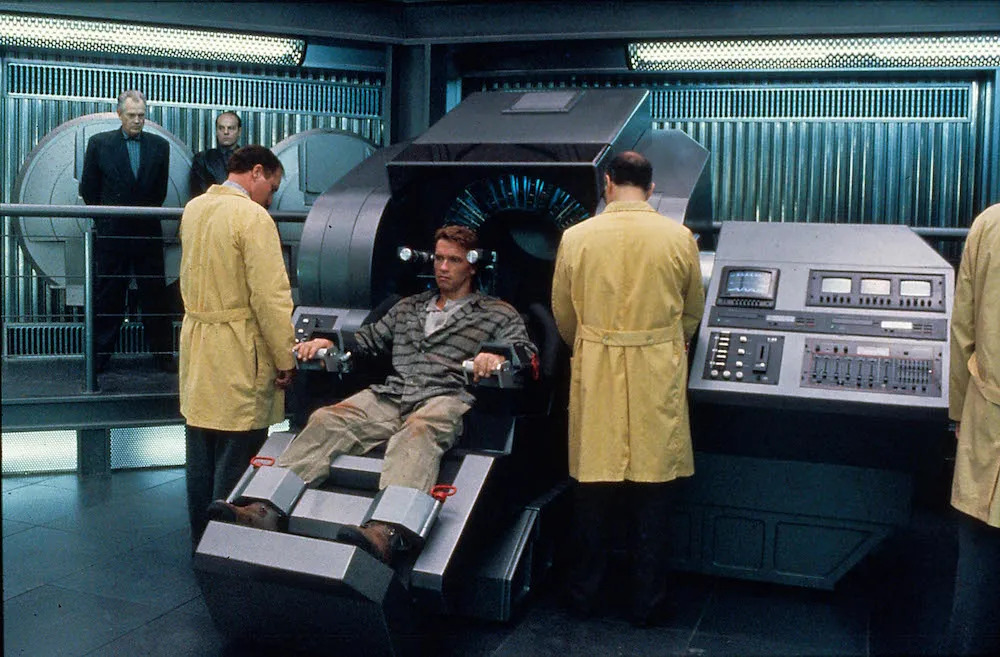We told you so.
By “we” I mean thousands, of privacy advocates, human rights activists, technical experts, and information security journalists.
By “so”, I mean: we all said repeatedly over decades that there is no such thing as a magic hole that only “good guys” can use. If you build a supposedly secure system but put in a hole to give the “authorities” access to communications, that hole can and will be exploited by “bad guys” you didn’t want spying on you.
The particular hole Chinese hackers used to spy on the US is the Communications Assistance for Law Enforcement Act (1994). CALEA mandates that telecommunications providers design their equipment so that they can wiretap any customer if law enforcement presents a warrant. At Techcrunch, Zack Whittaker recaps much of the history, tracing technology giants’ new emphasis on end-to-end encryption to the 2013 Snowden revelations of the government’s spying on US citizens.
The mid-1990s were a time of profound change for telecommunications: the Internet was arriving, exchanges were converting from analog to digital, and deregulation was providing new competition for legacy telcos. In those pre-broadband years, hundreds of ISPs offered dial-up Internet access. Law enforcement could no longer just call up a single central office to place a wiretap. When CALEA was introduced, critics were clear and prolific; for an in-depth history see Susan Landau’s and Whit Diffie’s book, Privacy on the Line (originally published 1998, second edition 2007). The net.wars archive includes a compilation of years of related arguments, and at Techdirt, Mike Masnick reviews the decades of law enforcement insistence that they need access to encrypted text. “Lawful access” is the latest term of art.
In the immediate post-9/11 shock, some of those who insisted on the 1990s version of today’s “lawful access” – key escrow, took the opportunity to tell their opponents (us) that the attacks proved we’d been wrong. One such was the just-departed Jack Straw, the home secretary from 1997 to (June) 2001, who blamed BBC Radio Four and “…large parts of the industry, backed by some people who I think will now recognise they were very naive in retrospect”. That comment sparked the first net.wars column. We could now say, “Right back atcha.”
Whatever you call an encryption backdoor, building a hole into communications security was, is, and will always be a dangerous idea, as the Dutch government recently told the EU. Now, we have hard evidence.
***
The time is long gone when people used to be snobbish about Internet addresses (see net.wars-the-book, chapter three). Most of us are therefore unlikely to have thought much about the geekishly popular “.io”. It could be a new-fangled generic top-level domain – but it’s not. We have been reading linguistic meaning into what is in fact a country code. Which is all fine and good, except that the country it belongs to is the Chagos Islands, also known as the British Indian Ocean Territory, which I had never heard of until the British government announced recently that it will hand the islands back to Mauritius (instead of asking the Chagos Islanders what they want…). Gareth Edwards made the connection: when that transfer happens, .io will cease to exist (h/t Charles Arthur’s The Overspill).
Edwards goes on to discuss the messy history of orphaned country code domains: Yugoslavia, and the Soviet Union. As a result, ICANN, the naming authority, now has strict rules that mandate termination in such cases. This time, there’s a lot at stake: .io is a favorite among gamers, crypto companies, and many others, some of them substantial businesses. Perhaps a solution – such as setting .io up anew as a gTLD with its domains intact – will be created. But meantime, it’s worth noting that the widely used .tv (Tuvalu), .fm (Federated States of Micronesia), and .ai (Anguilla) are *also* country code domains.
***
The story of what’s going on with Automattic, the owner of the blogging platform WordPress.com, and WP Engine, which provides hosting and other services for businesses using WordPress, is hella confusing. It’s also worrying: WordPress, which is open source content management software overseen by the WordPress Foundation, powers a little over 40% of the Internet’s top ten million websites and more than 60% of sites overall (including this one).
At Heise Online, Kornelius Kindermann offers one of the clearer explanations: Automattic, whose CEO, Matthew Mullenweg is also a director of the WordPress Foundation and a co-creator of the software, wants WP Engine, which has been taken over by the investment company Silver Lake, to pay “trademark royalties” of 8% to the WordPress Foundation to support the software. WP Engine doesn’t wanna. Kindermann estimates the sum involved at $35 million, After the news of all that broke, 159 employees have announced they are leaving Automattic.
The more important point that, like the users of the encrypted services governments want to compromise, the owners of .io domains, or, ultimately, the Chagos Islanders themselves, WP Engine’s customers, some of them businesses worth millions, are hostages of uncertainty surrounding the decisions of others. Open source software is supposed to give users greater control. But as always, complexity brings experts and financial opportunities, and once there’s money everyone wants some of it.
Illustrations: View of the Chagos Archipelago taken during ISS Expedition 60 (NASA, via Wikimedia).
Wendy M. Grossman is the 2013 winner of the Enigma Award. Her Web site has an extensive archive of her books, articles, and music, and an archive of earlier columns in this series. She is a contributing editor for the Plutopia News Network podcast. Follow on Mastodon.





